
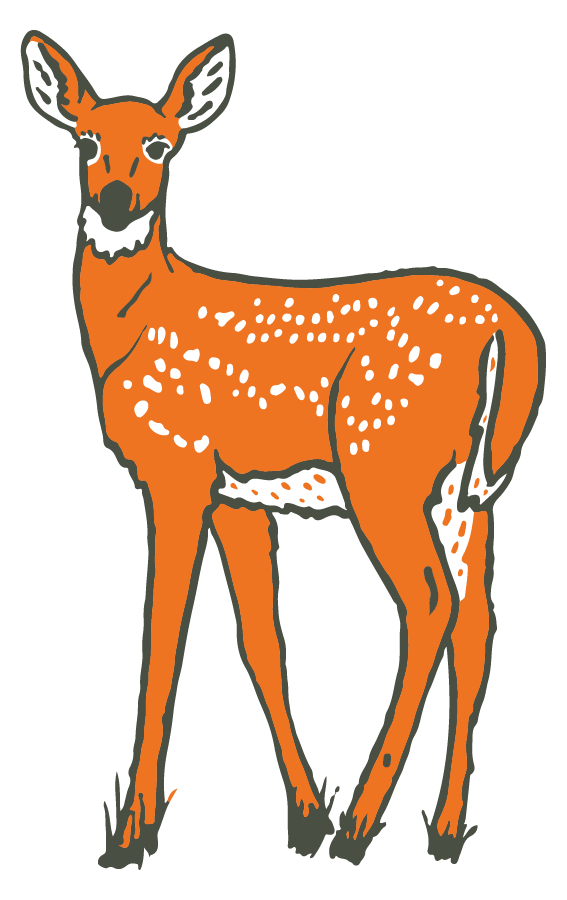 1. Let Wildlife be Wild
1. Let Wildlife be Wild
Springtime means wildlife like rabbit kits, nestling songbirds, and deer fawns are born! If you spot newborn or young wildlife, please do not disturb them. While some young animals might appear to be abandoned, many wildlife parents will leave their young alone and hidden to avoid attracting predators, only coming back to nurse them a few times a day.
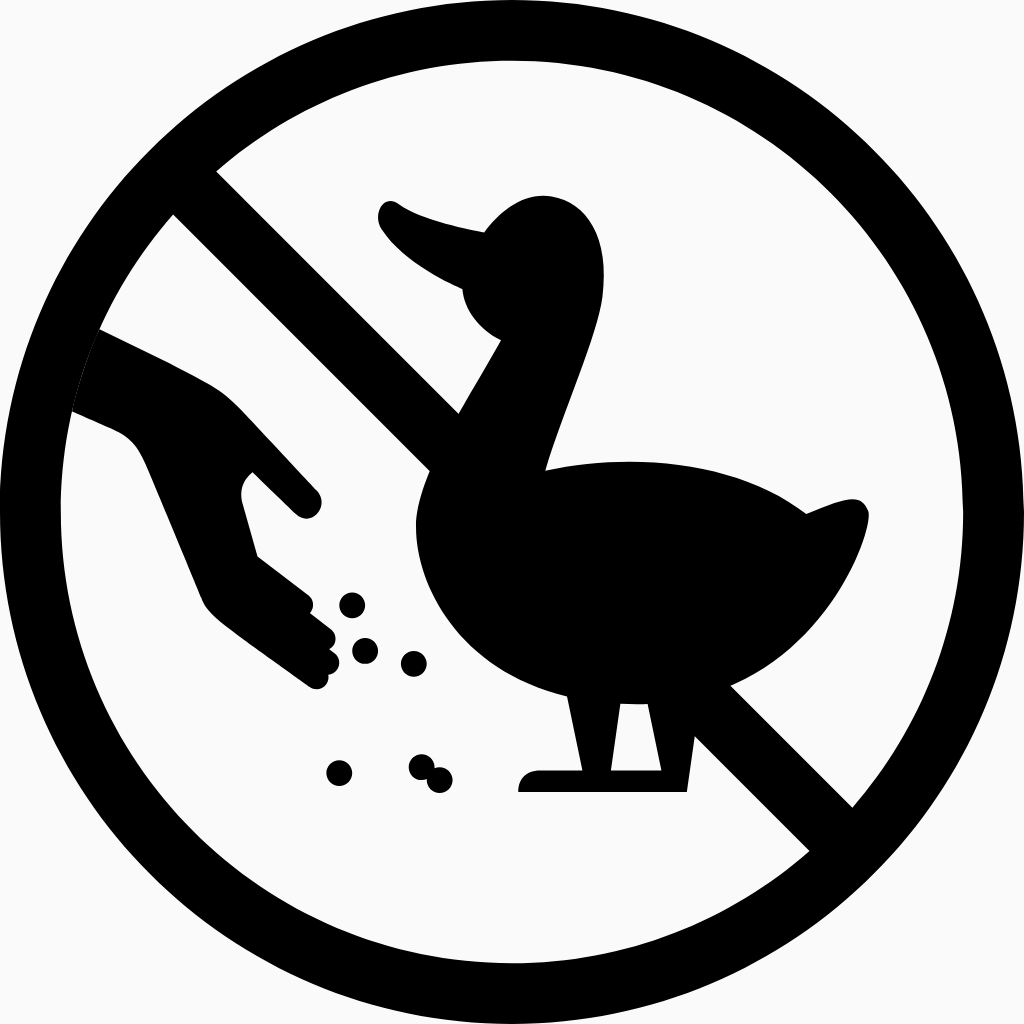 Do not feed wildlife - Feeding wildlife is dangerous for wildlife and people. Sharing your food can sicken an animal, spread wildlife disease, or encourage the animal to approach humans in the future, expecting a snack. Please help us keep wildlife wild by not feeding them.
Do not feed wildlife - Feeding wildlife is dangerous for wildlife and people. Sharing your food can sicken an animal, spread wildlife disease, or encourage the animal to approach humans in the future, expecting a snack. Please help us keep wildlife wild by not feeding them.
 View from a distance – Give wildlife plenty of space. Some places, like National Parks, have distance requirements for viewing wildlife. This is important for the animal's well-being and for your safety. To view wildlife up close without disturbing it, use a zoom lens, binoculars or a spotting scope. Help keep wildlife wild by giving them space.
View from a distance – Give wildlife plenty of space. Some places, like National Parks, have distance requirements for viewing wildlife. This is important for the animal's well-being and for your safety. To view wildlife up close without disturbing it, use a zoom lens, binoculars or a spotting scope. Help keep wildlife wild by giving them space.
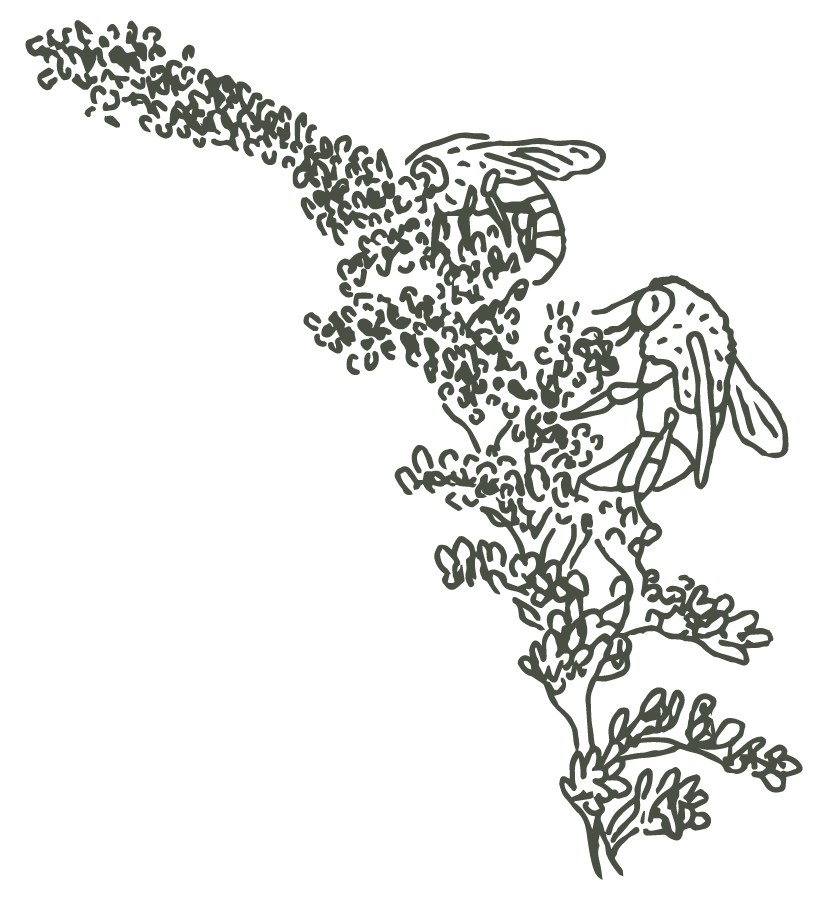 2. Plant Native Plants
2. Plant Native Plants
Planting native trees, shrubs, and flowers provides both food and cover, for many wildlife species. Native plants benefit birds, bats, bees, butterflies, beetles, and small mammals, which play an important role in sustaining healthy ecosystems. Non-native or invasive plants can have harmful ecological impacts because they outcompete native plant species and do not provide nearly as many benefits to wildlife.
 FIND: Native plants for your area here: Howard Nursery
FIND: Native plants for your area here: Howard Nursery
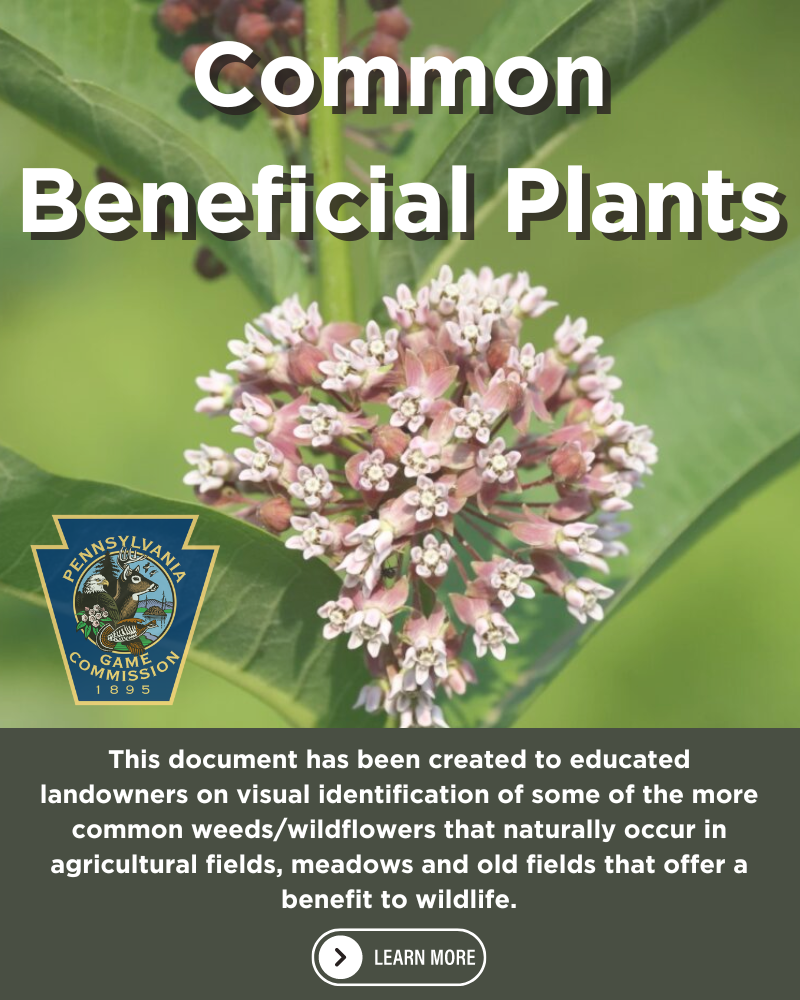
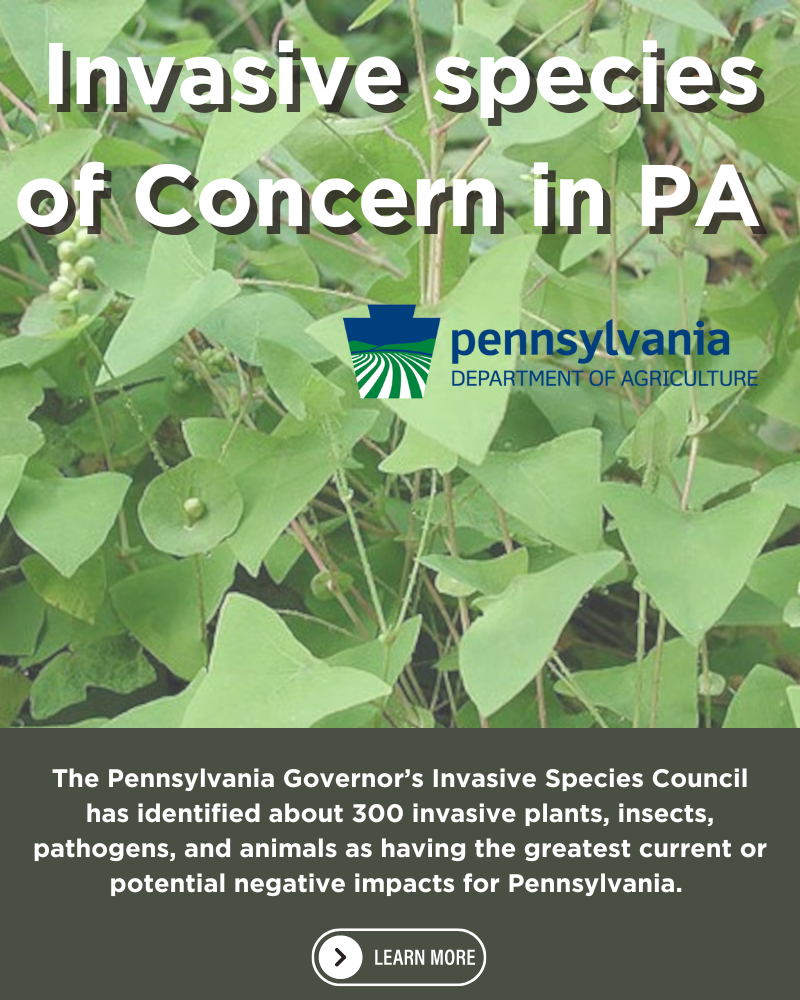
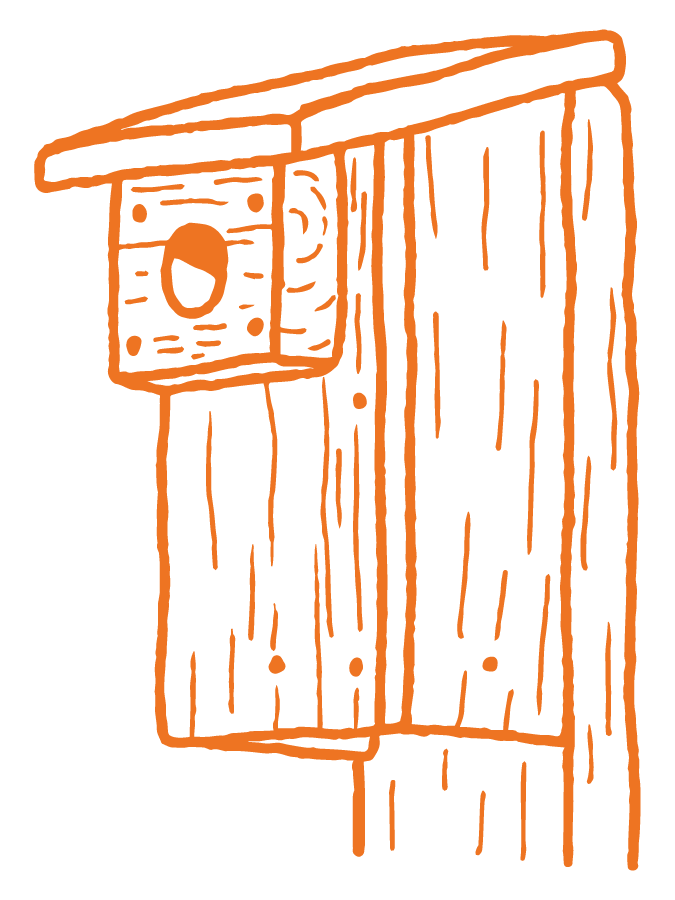 3. Install Nest Boxes
3. Install Nest Boxes
Placing a nest box on your property can provide safe nesting areas for many species of birds and small mammals to raise their young. Properly managed nest boxes can be critically important to cavity-nesting species like blue birds and purple martins.
 LEARN: How to build other wildlife homes here: Woodcrafting for wildlife plans
LEARN: How to build other wildlife homes here: Woodcrafting for wildlife plans
Accordion [1]
Expand AllClick here for a more accessible version
This familiar species nests across much of the East and winters south to Nicaragua. A bluebird is six inches long and weighs about an ounce. Males have a vivid blue back and wings and a ruddy breast while the females have a more muted bluegray back and less vividly colored breast. When not nesting, bluebirds wander in small feeding flocks sometimes with house finches and other songbirds. They favor semi-open habitats: orchards, pastures, hayfields, fence lines, cut over or burned areas, forest clearings, open woodlots, and suburban gardens and parks. A study in New York found that bluebird territories used for mating, nesting, and feeding averaged over five acres. Bluebirds nest in abandoned woodpecker holes, tree cavities, hollow fence posts, and artificial boxes put up for them by humans. Bluebirds may face stiff competition for these sites from European starlings, house sparrows, tree swallows, and house wrens, all of which have been known to kill adult bluebirds. Bluebirds tend to like more open situations for nesting than competing house wrens, informing us as to the better locations for nest box placement.
At eight inches in length, the martin is the largest North American swallow. Adult males are a glistening blue-black; females and yearlings are grayish with pale bellies. Both sexes have a notched tail. Martins, less maneuverable than other swallows, glide in circles punctuated with short periods of flapping flight. Before Europeans came to the New World, native Americans were hanging gourds around their villages to attract purple martins, which also nested in caves and hollow trees. In Pennsylvania today, the vast majority of martins nest colonially in compartmented boxes that people put up for them.
The wood duck is Pennsylvania’s most brilliantly colored duck. Its scientific name, Aix sponsa, can be loosely translated as “a waterfowl in wedding dress.” Wood ducks nest in cavities of mature sycamore, maple, oak, basswood, elm, and gum trees. Where big trees are scarce, they will use man-made nest houses. Artificial nests should be made predator-proof, as they attract raccoons, squirrels and other predators looking for a meal. Ideally, nest boxes should be placed on poles near or over water; attach metal predator barriers or shields partway up the poles, and make sure the boxes’ entrances are small enough to exclude raccoons.
Barn owls nest in barns, church towers, hollow trees, cliff ledges and rock crevices, old buildings, silos, ventilation shafts, and clay embankments. Although barn owls generally do not build a nest, the female may shred her own regurgitated pellets to form a simple nest on which to lay her eggs.
Nest boxes can provide safe places for a variety of birds to raise their young. Follow these tips for preparing your own nest box that could attract bluebirds, owls, or kestrels! - Read Blog Post
- Learn about nesting boxes for bluebirds, wood ducks, kestrels, and bats and where & when to place them out on your property - Watch Now
- You can purchase the kits featured in our videos, and many other nest boxes and wildlife homes, from the Pennsylvania Game Commission's Howard Nursery
Want to learn how to build other Wildlife homes?
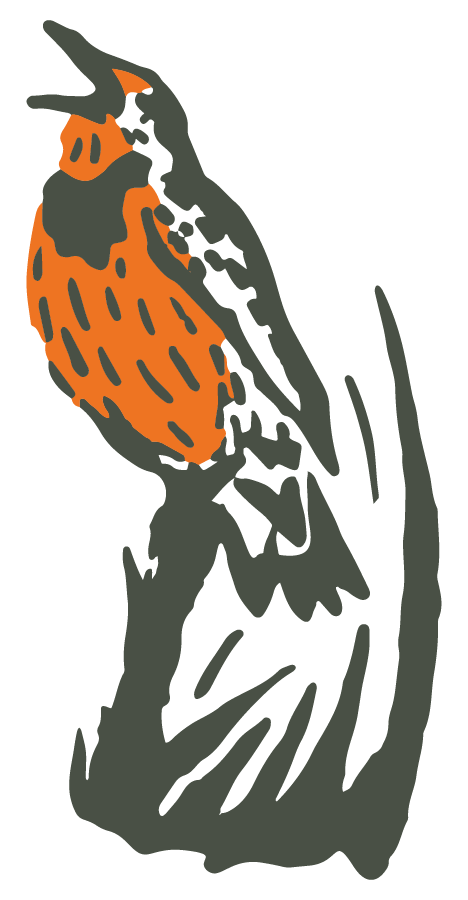
4. Create Leaf & Brush Piles for Additional Habitat
Songbirds, small mammals, reptiles, and amphibians, will use brush piles for nesting, resting, escaping from predators, and sheltering from harsh weather conditions.
.png)
BACKYARD HABITATS
Do you want to benefit wildlife and see more wildlife in your backyard? Join Pennsylvania Game Commission Regional Wildlife Diversity Biologist Tammy Colt for an informational webinar on making your yard more wildlife friendly.
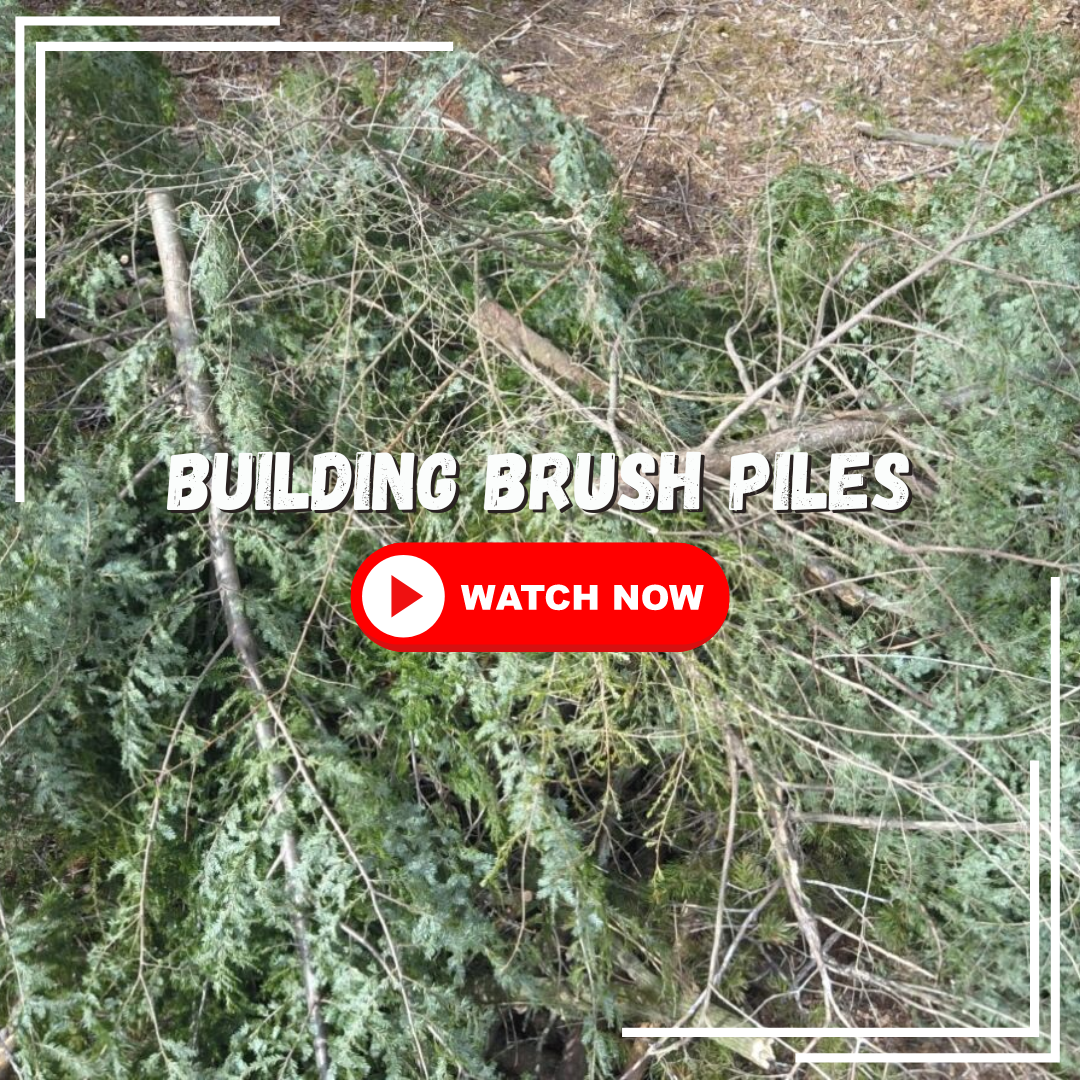 BUILDING BRUSH PILES
BUILDING BRUSH PILES
This video is about creating better habitat on your property and building brushpiles for wildlife, hosted by Game Commission biologist Dan Mummert
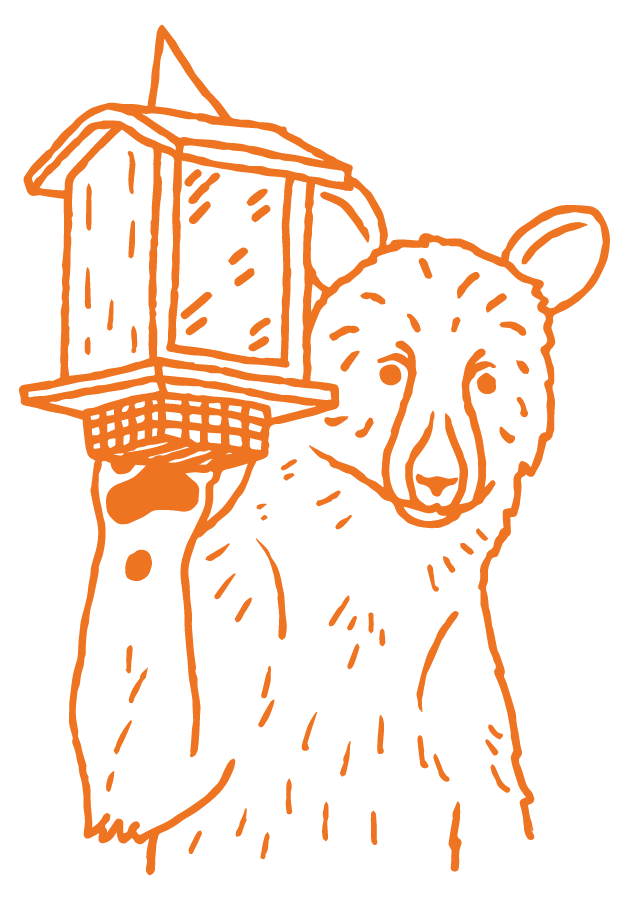 5. Secure Food, Garbage and Recycling
5. Secure Food, Garbage and Recycling
Once a bear finds easy access to food, they are likely to come back for more. To limit human-bear interactions, be sure to bring pet food containers and bird feeders inside at night; keep trash cans and recycle bins inside until collection day; and regularly clean and remove grease from outside grills.
Accordion [2]
Expand AllClick here for a more accessible version
The Six At-Home BearWise Basics
Never Feed or Approach Bears - Intentionally feeding bears or allowing them to find anything that smells or tastes like food teaches bears to approach homes and people looking for more. Bears will defend themselves if a person gets too close, so don’t risk your safety and theirs!
Secure Food, Garbage and Recycling - Food and food odors attract bears, so don’t reward them with easily available food, liquids or garbage.
Remove Bird Feeders When Bears are Active - Birdseed and grains have lots of calories, so they’re very attractive to bears. Removing feeders is the best way to avoid creating conflicts with bears.
Never Leave Pet Food Outdoors - Feed pets indoors when possible. If you must feed pets outside, feed in single portions and remove food and bowls after feeding. Store pet food where bears can’t see or smell it.
Clean and Store Grills, Smokers - Clean grills after each use and make sure that all grease, fat and food particles are removed. Store clean grills and smokers in a secure area that keeps bears out.
Alert Neighbors to Bear Activity - See bears in the area or evidence of bear activity? Tell your neighbors and share info on how to avoid bear conflicts. Bears have adapted to living near people; now it’s up to us to adapt to living near bears.
BearWise Spring Cleaning Check List
PATIOS AND DECKS
Did you have winter cookouts or gather around the fire pit to roast hot dogs and marshmallows? Bits of food left on the grates or in the ashes are still appealing. To a bear. After you clean up any scraps and trash, give your BBQ grill a good spring cleaning. Check under decks and porches and make sure there’s nothing stashed down there you’ve forgotten about. If a bear moved in over the winter, call your state wildlife agency.
PET FOOD
Pet food is full of calories and smells like dinner. Feed pets inside if possible. If you must feed pets outside, deep-clean the area, feed in single portions and remove food and bowls after each feeding. Store pet food where bears can’t see, smell or reach it (on or under your deck or inside your screened-in porch doesn’t
BIRD FEEDERS
If you fed birds over the winter, stop putting out birdseed or other treats at the first sign that bears are active again. If migrating birds really depend on you, switch to hull-less birdseed and bring feeders inside every night. Clean up around the feeder and download our BearWise Bulletin on How to Attract Birds, Not Bears.
GARAGES AND SHEDS
Are you storing stuff in your garage and sheds that could attract a bear? Secure or move pet food, birdseed, canned foods and beverages and whatever looks interesting or smells good. If you stored all your summer gear, empty and clean out back packs and bike bags. There’s probably at least one energy bar or scented lip balm buried in there.
CARS AND TRUCKS
Bears can be attracted by something as innocuous as an empty candy bar wrapper or soda can. Bears can easily peel down a window that’s cracked open or let themselves in to most unlocked vehicles but have a tough time letting themselves out. If you park vehicles outside, give them a good spring cleaning. Add a litter bag or small removable wastebasket and it will be a lot easier to keep vehicles clean and attractant-free. Fruity air fresheners attract bears; odorless or pine-scented ones are the safest bet.
You don't have to choose between watching birds and being BearWise. Just think outside the bird feeder, and you'll discover how easy it is to invite birds without attracting bears!
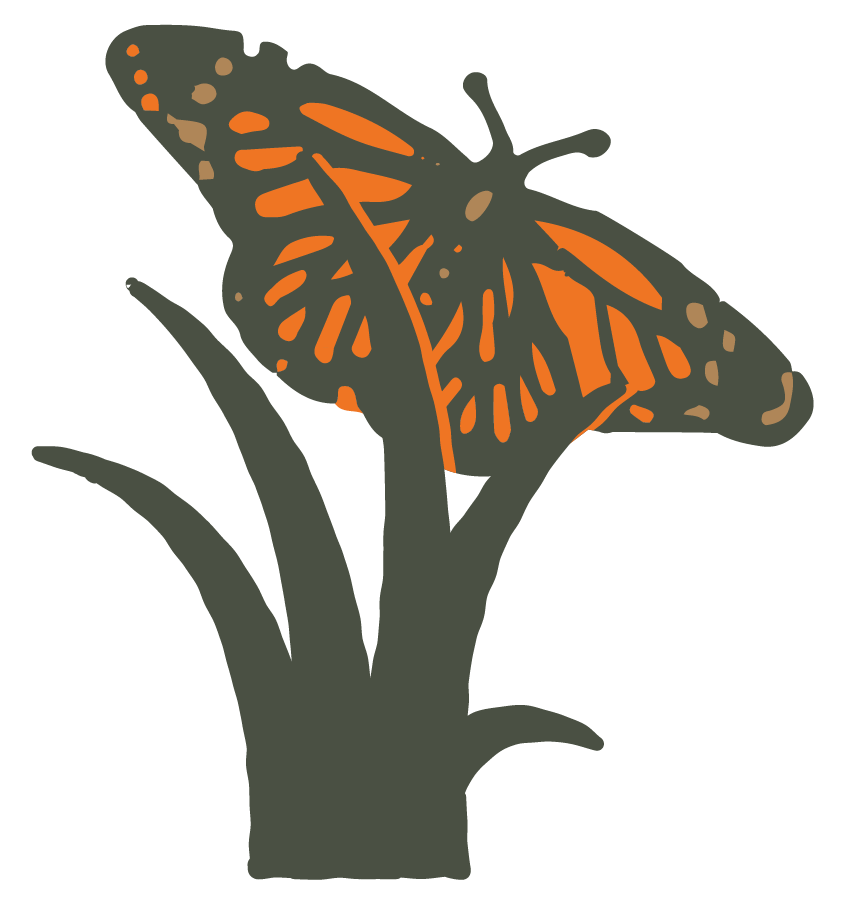 6. Slow the Mow
6. Slow the Mow
Wait until after nesting season to begin mowing fallow fields and large yards to benefit a variety of grassland-nesting bird species and support pollinators like bees, moths, and bats. Being a lazy lawnmower and only cutting grass every 2-3 weeks can also lead to more lawn flowers that attract a diversity of pollinators to boost wildlife habitat.
Reasons not to mow:
- Continuous mowing has little value for wildlife. Areas not mowed frequently provide excellent habitat for wildlife to nest, raise young, and forage.
- Grasses with shallow roots cannot uptake nutrients or prevent erosion as well as grasses that are deeply rooted.
- Frequent mowing creates thatch buildup, resulting in undesirable groundcover conditions.
 LEARN: More about managing open spaces for wildlife here: Mowing and Wildlife
LEARN: More about managing open spaces for wildlife here: Mowing and Wildlife
 READ: Field Management (PDF)
READ: Field Management (PDF)
 6 Things You Can Do For Wildlife (PDF)
6 Things You Can Do For Wildlife (PDF)
Subscribe to email updates or follow our socials to stay connected!
Click here to subscribe to emails
THANK YOU FOR SUPPORTING WILDLIFE CONSERVATION IN PENNSYLVANIA.